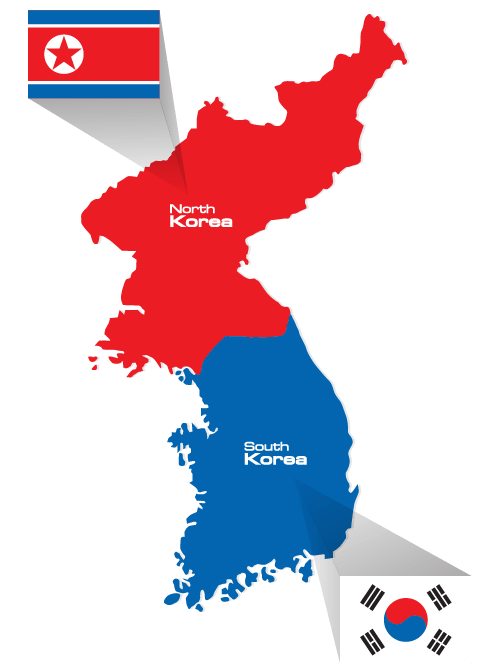Korean Translation Services

Language History
Korean has an ambiguous and mysterious history, making it one of the most interesting languages of today. It is believed to belong to the Altaic language family, which also includes Turkish and Mongolian. “Old Korean” which was spoken before the 15th century is believed to have major influence from Chinese. Chinese characters were used to represent the sounds and meanings of the Korean language at the time. By the 15th century however, a Korean-specific writing system, known today as “Hangul” was made official during the reign of King Sejong.
Interestingly, today, Korean is the official language of both South Korea and North Korea, however, the North has its own dialect and have totally eliminated Chinese characters from their writing system. The South, on the other hand, has various dialects and uses both Chinese and Hangul characters.
According to StudyCountry, roughly 80 million people speak Korean around the world.
Where is Korean Spoken?

FACT
Did you Know?
“Korean is one of the world’s most misunderstood and misrepresented languages due to its obscure origins.”
Korean Dialects
The Korean language has six different major dialects in South Korea and one in North Korea.
South Korea Dialects:
• 경기 방언 (Gyeonggi dialect) • 강원 방언 (Gangwon dialect) • 충청 방언 (Chungcheong dialect)
• 경상 방언 (Gyeongsang dialect) • 전라도 방언 (Jeollado dialect) • 제주 방언 (Jeju dialect)
North Korea Dialect: • 평안도 사투리 (Pyongan dialect)
Korean Words with Chinese Influence
• 실내 (shil-nae) – 室内 (shìnèi)
• 연 (yeon) – 烟 (yān)
• 중국 (jung-gug) – 中国 (Zhōngguó)
FACT
Population vs. Internet Penetration
North Korea Population:
25,727,408
Internet Users:
20,000
Penetration:
0.1%
As of 2019. Source:
www.internetworldstats.com
South Korea Population:
51,339,238
Internet Users:
49,234,329
Penetration:
95.9%
As of 2019. Source:
www.internetworldstats.com
4 Easy Phrases in Korean!
Translation Tips
• Remember! Unlike Japanese and Chinese, Korean is made up of words which are separated by spaces.
• Don’t forget! The relationship between the speaker/writer and subject is reflected in honorifics.
• Bear in mind! When building a sentence in Korean, the Subject-Object-Verb structure is used.
• To change the tense of a word, tenses are attached to the base word. For example, “Sada -> Sayo -> Sa-sseo-yo”.






